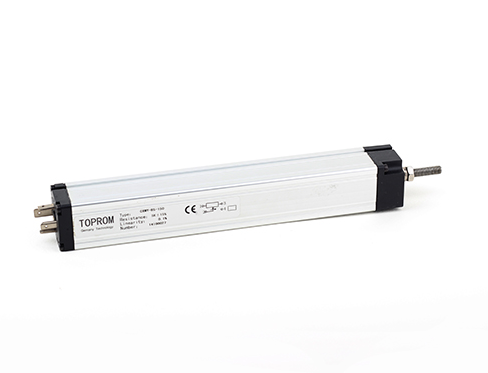
Company name: zhejiang huiren electronics co., LTD
Contact person: ms xu
Telephone: 0572-2207633
Phone: 18072606105
Email address: hrsales1@hzhuiren.com
Website: www.hzhuiren.com
Address: 1818 gangnan road, economic and technological development zone, huzhou city, zhejiang province
Weighing sensor in the market is called the heart of the weighing machine, it is a mass signal into a measurable electrical signal output device, its performance to a large extent determines the accuracy and stability of the electronic weighing machine.

Four major elements of weighing sensor selection
1. Selection of stability
The ability of a sensor's performance to remain constant over time is called stability. Apart from its own structure, the main factor affecting the long-term stability of the sensor is the service environment. Therefore, in order to make the sensor has good stability, must have a strong ability to adapt to the environment. Before selecting a sensor, it is necessary to investigate its operating environment, select the appropriate sensor according to the specific operating environment, or take appropriate measures to reduce the impact of the environment.
The environment will affect the weighing sensor as follows:
A. Melting of coating materials, solder joint opening and structural changes of internal stress of elastomer caused by high temperature environment.
B. Influence of outdoor dust and humidity on short circuit of the sensor.
C. Under highly corrosive environment, such as humidity and acidity, the sensor will suffer from elastomer damage or short circuit.
D. The influence of electromagnetic field on the output disorder signal of the sensor.
E. Special explosion-proof sensors must be used in flammable and explosive environments.
The stability of the linear displacement sensor has a quantitative index, which should be re-calibrated after the use period to determine whether the performance of the sensor changes. In some requirements of the sensor can be used for a long time and cannot be easily replaced or calibrated occasions, the selected sensor stability requirements are more stringent, to be able to withstand the test of a long time.
2. Selection of sensitivity
Generally, within the linear range of the sensor, the higher the sensitivity, the better. Because only when the sensitivity is high, the output signal value corresponding to the measured value is relatively large, which is conducive to signal processing. However, when the sensitivity is high, the external noise irrelevant to the measurement will also be amplified by the amplification system, affecting the measurement accuracy. Therefore, it is required that the sensor itself should have a high signal-to-noise ratio to minimize the interference from the outside.
3. Select the number and range of sensors
The choice of the number of sensors is based on the use of electronic weighing machine, balance body need to support the number of points (support points should be based on the balance body geometric center of gravity and the principle of the actual center of gravity coincidence) and determined.
The selection of sensor range can be determined according to the comprehensive evaluation of the maximum weighing value of the scale, the number of sensors selected, the dead weight of the scale body, the maximum possible partial load and dynamic load. According to experience, generally should make the sensor work in its range of 30% ~ 70%, but there is a greater impact of the weighing device, in the selection of sensors, generally want to make the sensor work in its range of 20% ~ 30%, in order to ensure the safety and life of the use of sensors.
4. Selection of accuracy
Precision is an important performance index of sensor, which is related to the whole measuring system. The higher the precision of the sensor, the more expensive its price is. Therefore, as long as the precision of the sensor meets the accuracy requirements of the whole measurement system, it is ok. In this way, the cheaper and simpler sensor can be selected among many sensors that meet the same measuring purpose. If the purpose of measurement is qualitative analysis, it is ok to choose the sensor with high repeat precision, rather than the one with high absolute value precision. If it is for quantitative analysis, the accurate measurement value must be obtained, then the sensor with the accuracy level meeting the requirements is selected to weigh the sensor.
Accuracy selection meets the following two conditions:
A. Meet the requirements of instrument input. The output signal of the sensor must be greater than or equal to the input signal required by the instrument.
B. Meet the precision requirements of the whole electronic scale. An electronic scale is mainly composed of weighing body, sensor and instrument. When selecting the accuracy of the sensor, the accuracy of the sensor should be slightly higher than the theoretical value.